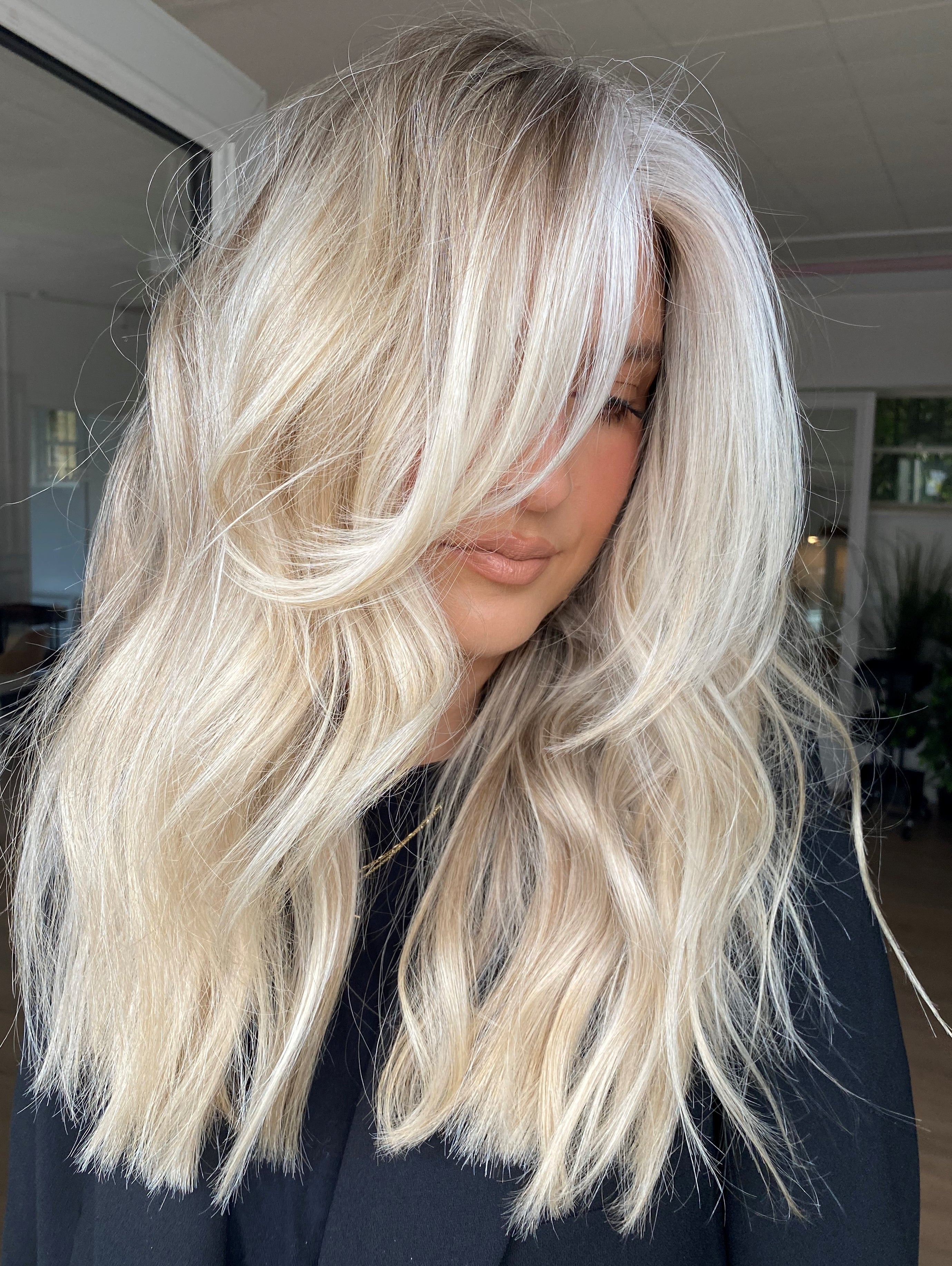Hair colouring tips for Men
Hair colouring tips for Men
For many men, going grey is a real blow to their self confidence and a reminder that old age is encroaching! Conversely, many people consider a full head of grey hair to be quite appealing. Because not all men can go grey like George Clooney, many have chosen not to embrace the grey and have turned to the bottle for help. However, before reaching for hair colour for the first time there are a number of things men should consider:
For men covering grey and keeping it looking good between cuts can be a challenge. Most men wear their hair short, less than 3 inches on average. After about a month, those roots start to show and, especially if you wear your hair short, you’re likely to end up with grey sides and a dark top after a haircut.
Regular colouring in a salon can be expensive, and many men prefer to colour their hair in the comfort of their own homes. Not all men want to admit to colouring their hair, and being spotted in the local salon is a definite no no! Colouring hair at home is attractive both economically and from a privacy point of view. Home hair colour is typically inexpensive and comes with easy-to- follow instructions on how to apply. The colour is usually easy to mix with little to no measuring and comes with no options to alter the strength.
The colour itself isn't very different from the colour used by professionals in the salon, although it is typically a stronger formulation than salon hair colour because the colour has to be strong enough to work on anyone's hair. This means the formula is the same no matter how thin, thick, coarse, dark, light, highlighted, colour treated, or chemically processed your hair is at the time of application.
Choosing a colour
When choosing a colour, it is important to select a shade lighter than your natural colour. Remember, you don't want a new colour, you just want to get rid of the grey you have. To keep your hair looking natural, you should simply tone down the grey, not totally obliterate it. Choosing a colour one shade lighter will help achieve this goal. If you choose a colour darker than your natural hair colour, the results will be highly noticeable - not the subtle look we're after.
Colours described as "warm", "honey", or "gold" are warm colours. Colours described as "ash" or "beige" are cool hair colours. "Natural" or "neutral" are right in the middle of warm and cool. Most people choose neutral and warm colours over cool hair colours. Warm hair colours have yellow, red, and orange undertones. Cool colours have green and blue undertones.
It is important to understand that the colour of hair as pictured on the box is not the exact colour that your hair will turn out. It is approximate, and will vary based on your natural hair colour and tone, the condition of your hair, other colour or chemical processes done on your hair in the past, and even the temperature at which the colour processes on your head.
How to colour your hair at home
- Tempting as it is to get this over and done with ASAP, refrain from tipping the entire contents of the bottle onto your head in one go! For very short hair, you probably will not need to use the whole mixed bottle.
- If you are only covering a fairly small amount of grey you should squeeze a small amount of the colourant onto the teeth of a small hairbrush or comb and apply to any grey areas using gentle, circular motions. This method distributes hair colour for a softer look, more natural look.
- Remember that permanent hair colour will need to be touched up every 6-8 weeks.
- Above all, though, follow the instructions on the package. Leave the colour on for the recommended length of time, and wear the gloves.
- Try and apply hair colour in daylight hours if possible. It is easier to see the colour in natural light
- Remember to apply barrier cream, (Vaseline works perfectly!) around the hairline and ears to prevent hair colour staining your skin








